American Masterpieces
Thoughts on a Dozen American masterpieces by Daniel Avshalomov
Among those composers who may be considered founding fathers of American music, none has greater claim than George Whitefield Chadwick (1854–1931). He returned from studies in Germany to teach at (and later, direct) the New England Conservatory. The most captivating of his five quartets is Quartet No. 4 in E minor, which we first performed as part of the Bicentennial Chamber Music Festival sponsored jointly by The Juilliard School and Carnegie Hall. It is tuneful and well-crafted music to which we have returned with pleasure many times since 1976 — and its idiom is undeniably American.
Charles Ives (1874–1954) must be addressed. His boundless curiosity and his impatience with convention colored much of the music which came after his. The gentility of quartet-playing was particularly in need of skewering, he felt, and his Scherzo for String Quartet is a pointed bulletin to that effect. In under two minutes we hear most of Ives’s virtues: the combination of classic form with raucous bitonality, and the quotation of a rude popular song of the day. If our music has a national character, these elements must be found in its midst.
Antonin Dvořák’s years in the United States had a lasting impact on composing and teaching here. He famously urged American composers to stop aping the European models and seek instead a New World music, so to speak, drawing (as he himself did) on Native American and African-American sources, the rhythms and energy of the young country — even bird-songs new to his ear. His well-meaning (and gently posed) challenge cleanly divided U.S. composers. Some were offended and soldiered on imitatively in hopes of becoming the next Brahms, or Elgar — or Reinecke, anyway. Among those who accepted the challenge were Arthur William Foote (1853–1937), Daniel Gregory Mason (1873–1953) and Charles Tomlinson Griffes (1884–1920). Foote’s String Quartet No. 3 in D major, Mason’s Quartet on Negro Themes, and Griffes’s Two Sketches Based on Indian Themes all emerged in response to Dvořák. Griffes explores Chippewa tribal song in the first, evocative sketch. And if the drums in the second sound a trifle corny now, that too must be admitted as an American staple.
Some needed no external stimulus to seek a new path: Henry Cowell (1897–1965) began composing for quartet with a very open mind. His earliest works (before 1920) experimented with everything: atonal counterpoint, structures to be varied by the players, and mysterious tone-clusters. These last so intrigued Bartók that he asked Cowell’s permission to explore them. (Cowell was gracious). We include the terse and complex Quartet Euphometric from 1916–19, in which the composer arranges rhythmically independent layers of music by a strange new method all his own.
Another direction was chosen by Louis Gruenberg (1884–1964). The incorporation of jazz with the received seriousness of the string quartet could only have been American. We delight in his Four Diversions for String Quartet, Op.32. This is the kind of chamber music Gershwin might have written had he gotten beyond his mere Lullaby.
Not taking oneself too seriously isn’t the only way to be American, of course. Ruth Crawford (1901–1953) wrote highly-evolved, foward-looking music, and her String Quartet from 1931 could embarrass at least three generations of composers who may have thought of themselves as innovators — if it were better known. Its remarkable difficulty aside (17 rehearsals for our first performance!), this 12-minute piece has freshness, gravity, a haunting slow movement that presages the electronic music era, and a witty, palindromic finale that immediately engages the acute listener.
At about the same time, Walter Piston (1894–1976) produced his Quartet No. 1. One of the first Americans to study with Boulanger, Piston is best remembered as a teacher (of Carter and Bernstein and, through his textbooks, everybody else), but his early music has all the craft of the mature works and something else: personal expression. He writes democratically for the ensemble, and the coolly energetic language (especially the jazzy vitality of the finale) mark the work as ours and worth the side trip.
Within a decade, Neoclassicism was the order of the day, and Harold Shapero (1920–2013) was a celebrated exponent. His String Quartet from 1941 was first championed by the Juilliard Quartet — and recommended to us by its founding cellist, Arthur Winograd. A distinct musical flavor, new forms, and an infectious nervous energy typify the piece.
Irving Fine (1914–1962) also heard Stravinsky’s music with welcoming ears, but in his dark and touching String Quartet (1951) it is the influence of Alban Berg that is clearest. Berg with American rhythms, you might say. We first took it up for our “Beethoven the Contemporary” series at Ann Arbor, and we return to it gladly — a piece that rewards re-exploration.
It is a short step to the music of Leon Kirchner (1919–2009). In his String Quartet No. 1, echoes of Bartók are many, but by the second (1958), his voice is his own. So lyric, so personal, and unfettered by schools and trends, the work is simply beautiful, and it points in our favorite direction for the future of American chamber music.
Details, details: there are some quite well-known names that do not appear here. Why? Precisely because they are so familiar — they have their glory and their advocates. And then some of the greatest names simply didn’t write for quartet: Sousa, Niles, Bernstein.…
Because of our relationships with many gifted living composers, we limit our gathering to the period from the beginning of the 20th century to the founding of the ASQ. Tact aside, we felt that our focus on deserving-if-less-familiar works would be recognized by those who share our taste — and trust our guidance.

